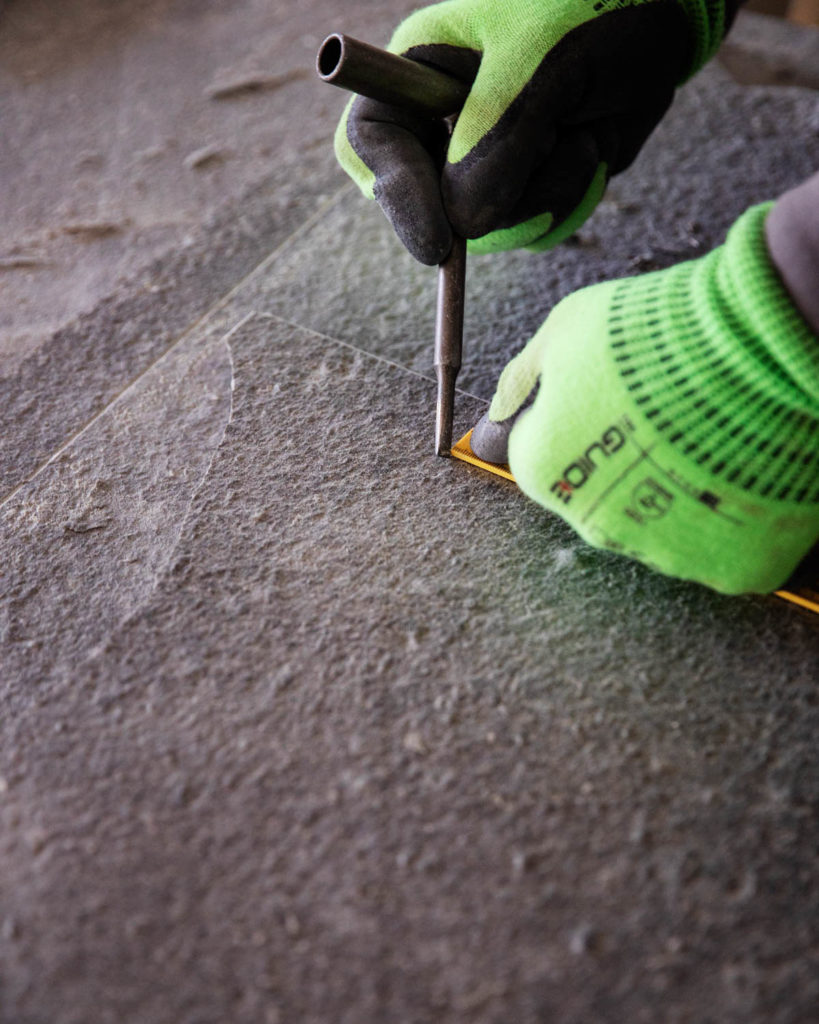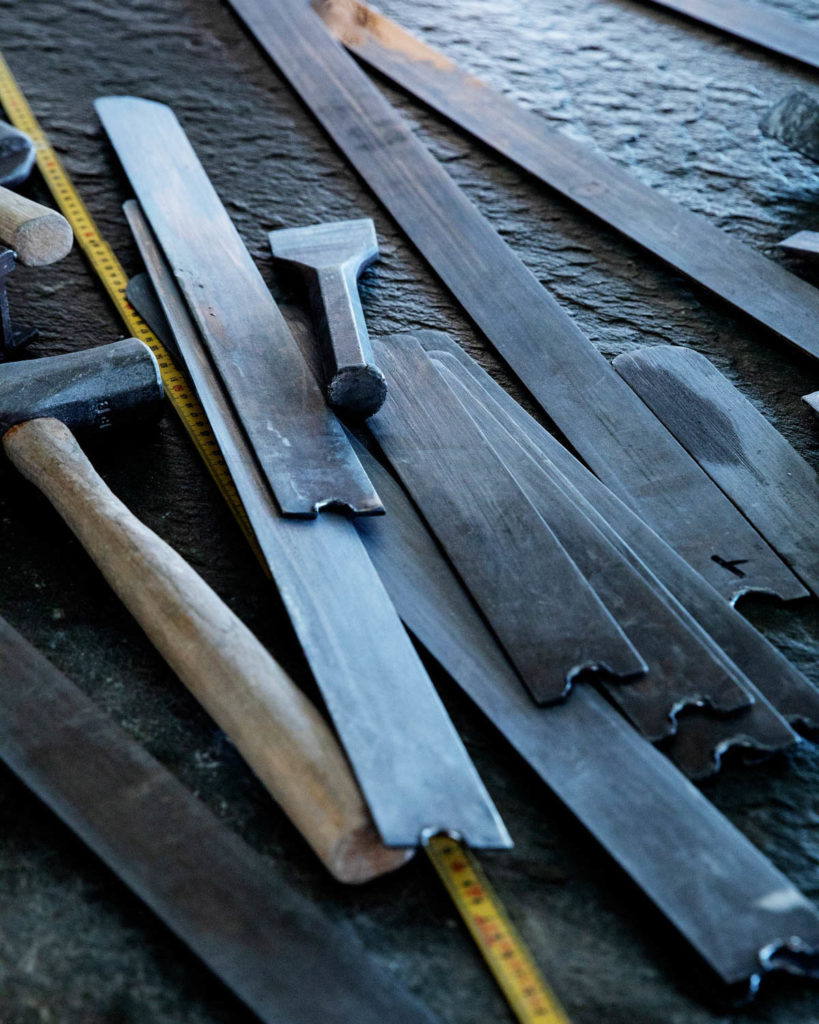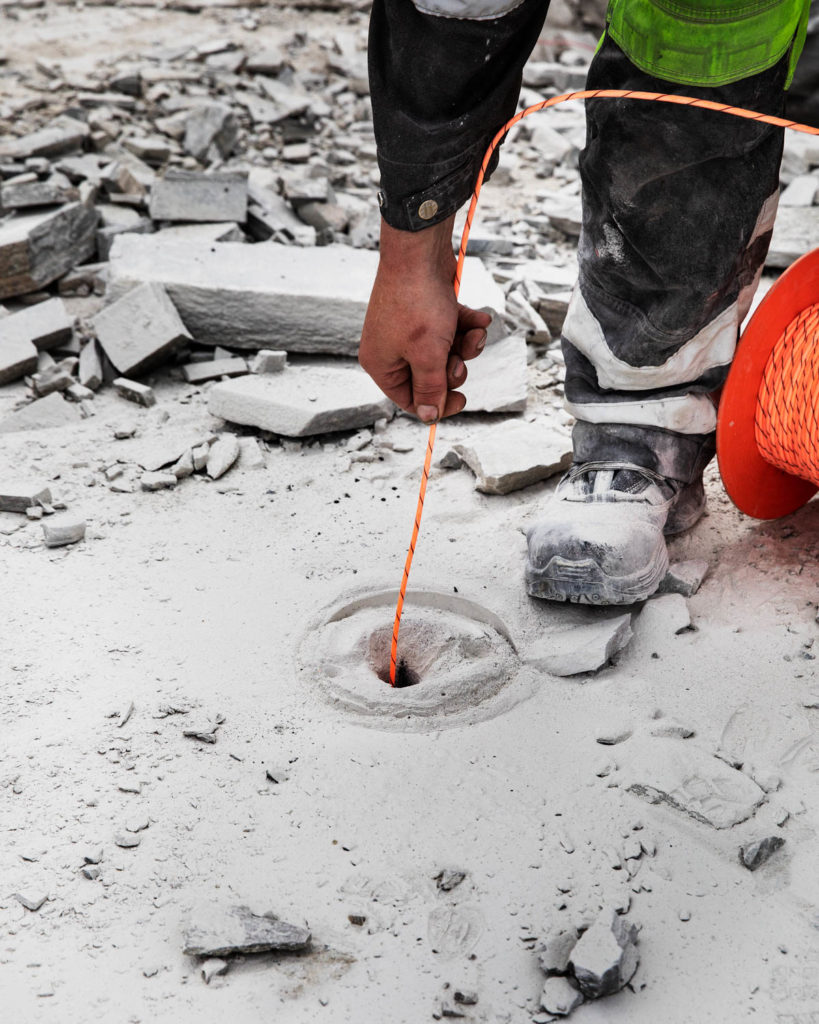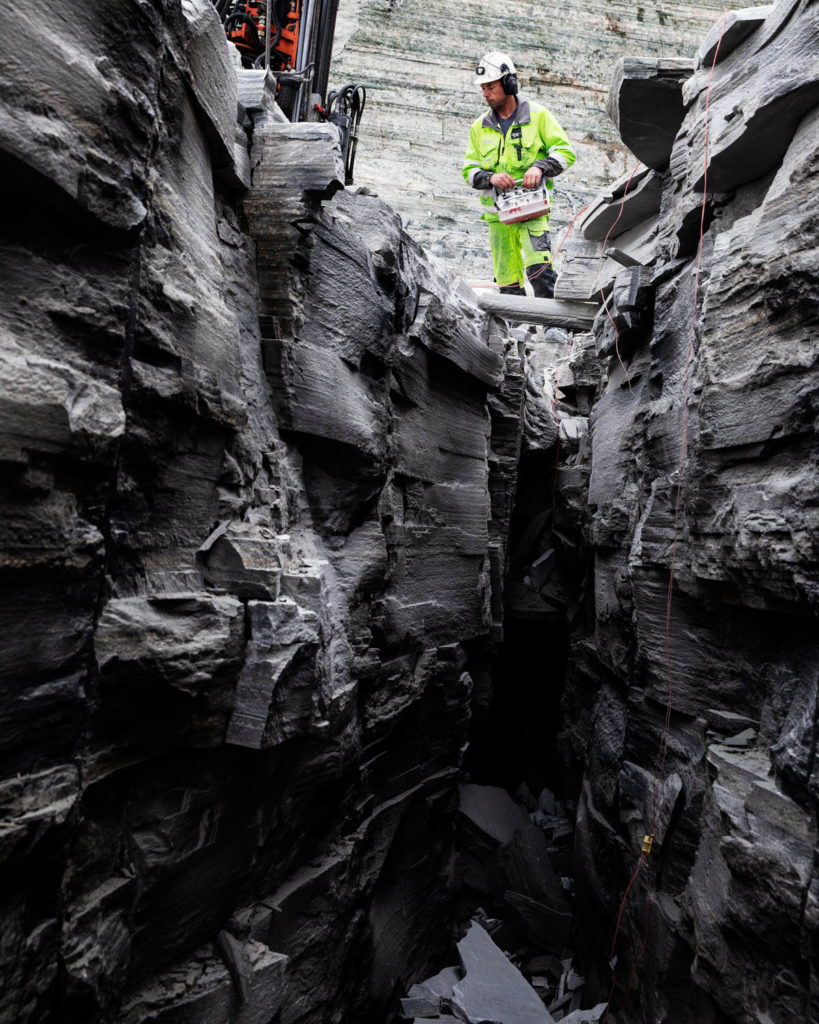A craft – formed by hand


It is difficult to say how long it has been since human beings began working with stone. The oldest slate floor we know of in Norway is at Munkholmen outside Trondheim. It’s been there since the 11th century. But he stonemason’s trade is older than that. Much older.
Today, stonemasonry is a trade that is not as important as it once was, but it is nevertheless one which richly represents local traditions and culture. But it is still considered so important that it has been incorporated as part of the world heritage that Unesco has decided to protect.
The process of dividing and shaping slate is so detailed and sensitive that it is still impossible to fully replace it with robots and technology. And the same tools and techniques that were in use hundreds of years ago are still in use today.


From nature’s point of view, slate was created by sediments of sand, clay and gravel sinking towards the seabed several hundred million years ago. They were then squeezed together in layers under high pressure and over millions of years turned into shale rock in mountains.
When the slate is won today from our quarries in Oppdal and Offerdal, the raw rock is delivered for processing in the form of large boulders weighing several tonnes. These blocks have been blasted out of the slate rock with good old-fashioned black powder. Slate is a sensitive rock and it takes long expertise from the blasting base to blast “just right”; powerfully enough for the blocks to detach from the rock, but carefully enough to prevent them from being destroyed.


In the cutting shop right next to the slate quarry, skilled stonemasons stand ready to study and “read” the stone carefully – before knocking and listening on the slate block. The song and sound of the slate is one of the stonemasons’ most important aids in making use of the natural resource in the very best way. There is almost be a kind of conversation between the stonemason and the stone, to find out how the slate block can best be divided and used.
And gradually, an enormous boulder is transformed into beautiful slate slabs divided into the thicknesses mother Earth has determined. The block can only be split along the rock’s natural mica layer. Blow by blow, with wedges, hammer and chisel, the block is transformed into slate products in different shapes and sizes. All with the help of human hands and simple tools. An impressive process that is amazing in itself before the final product is given added value with a dose of craftsmanship, tradition, history and a low environmental footprint.